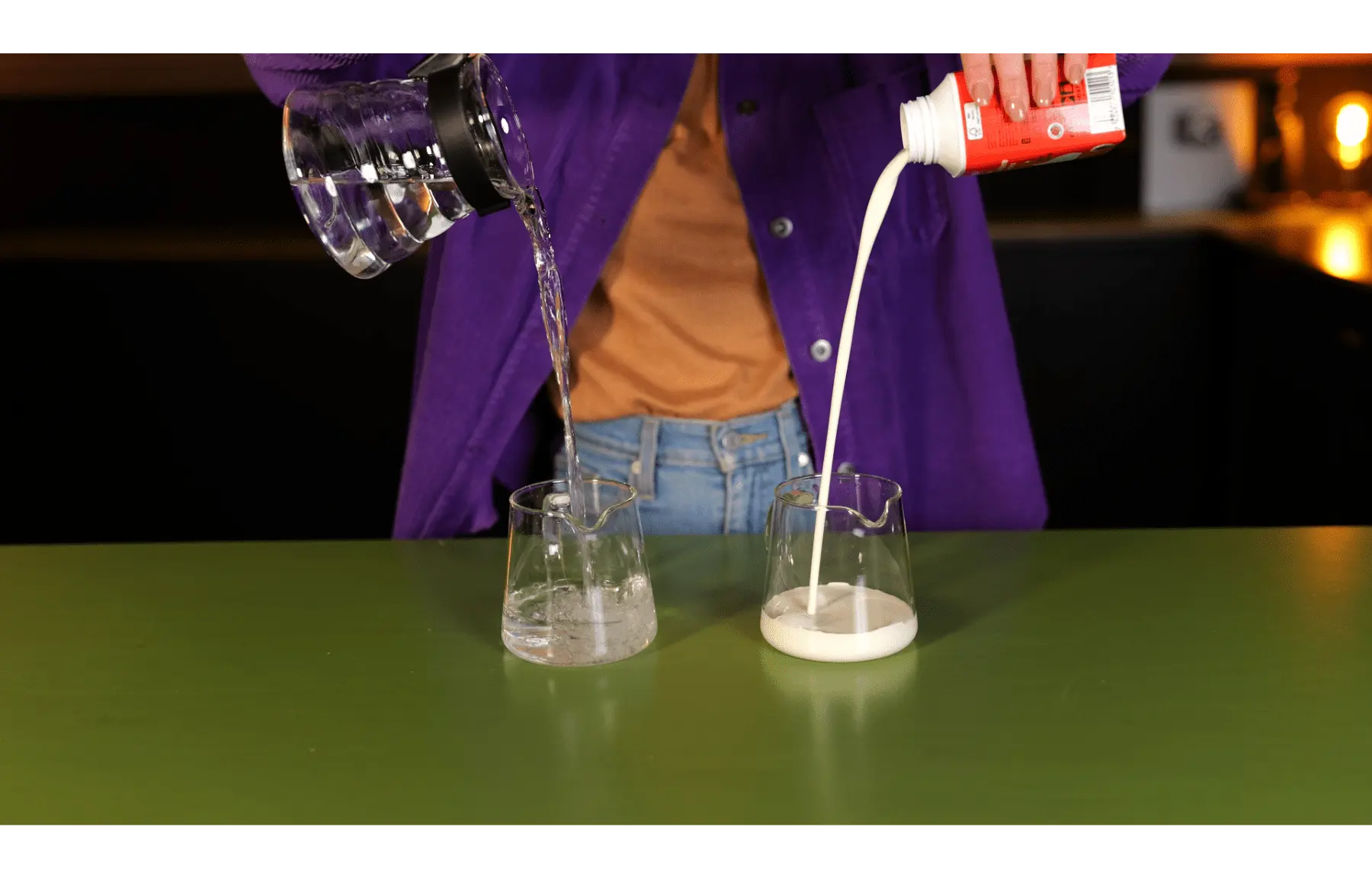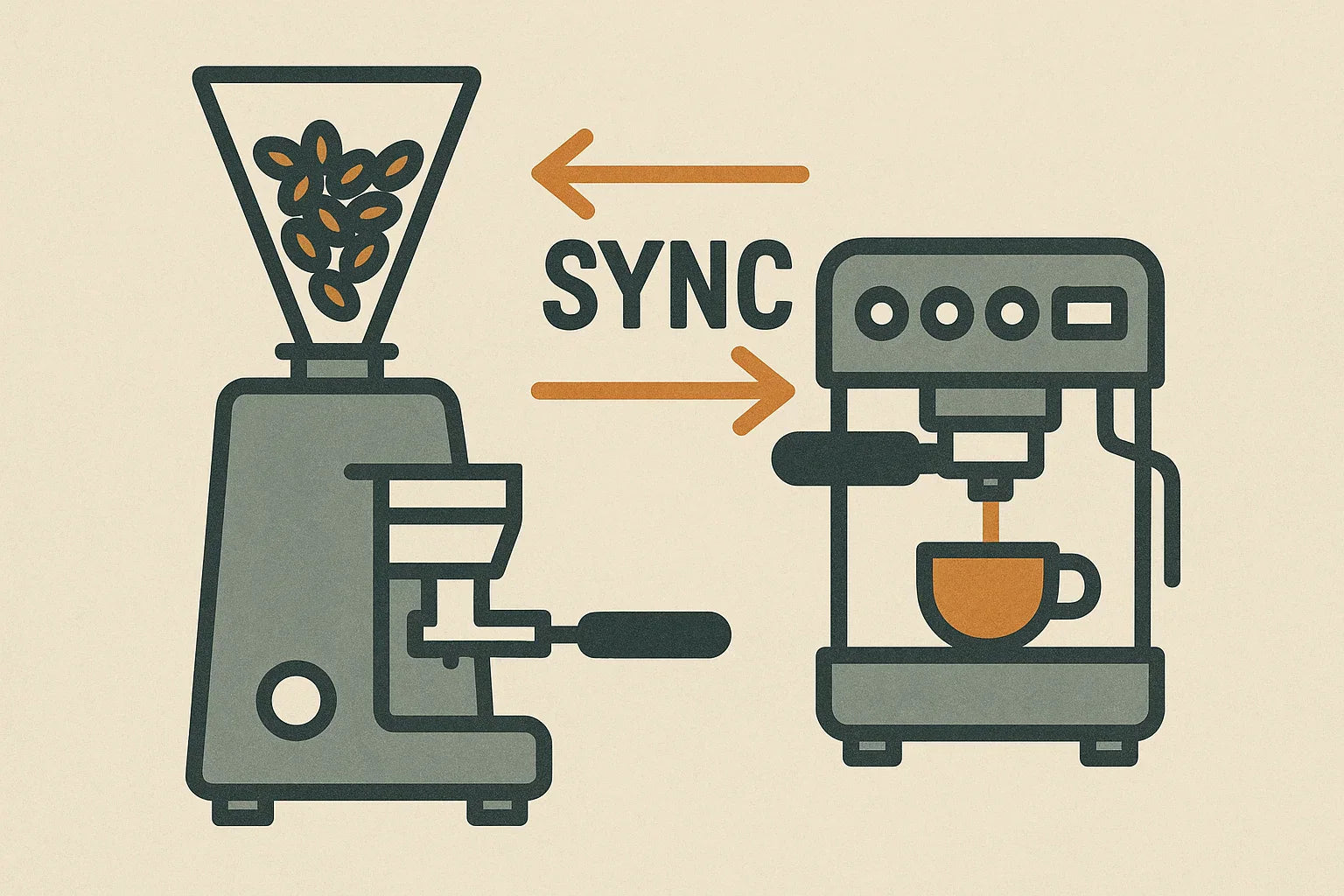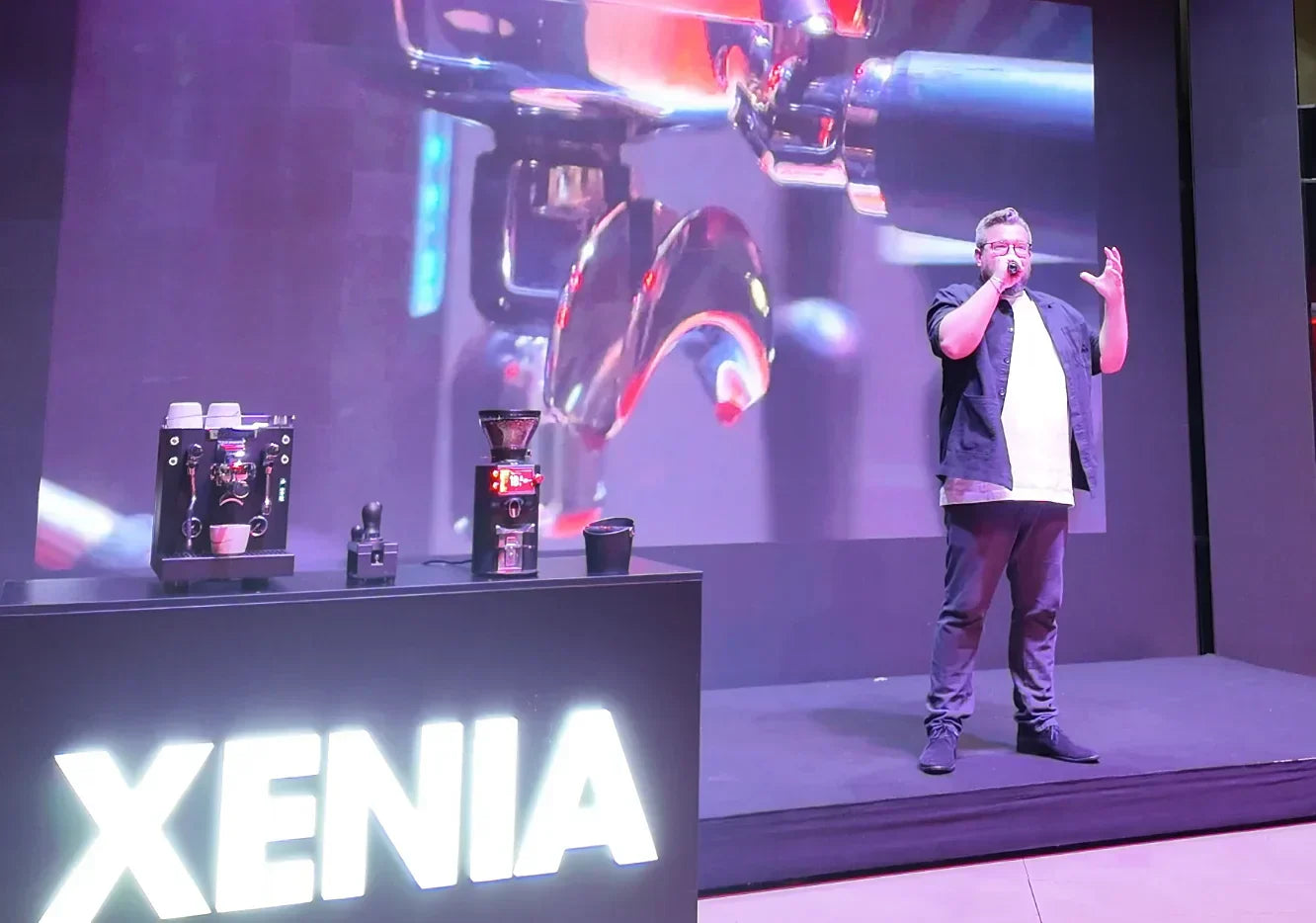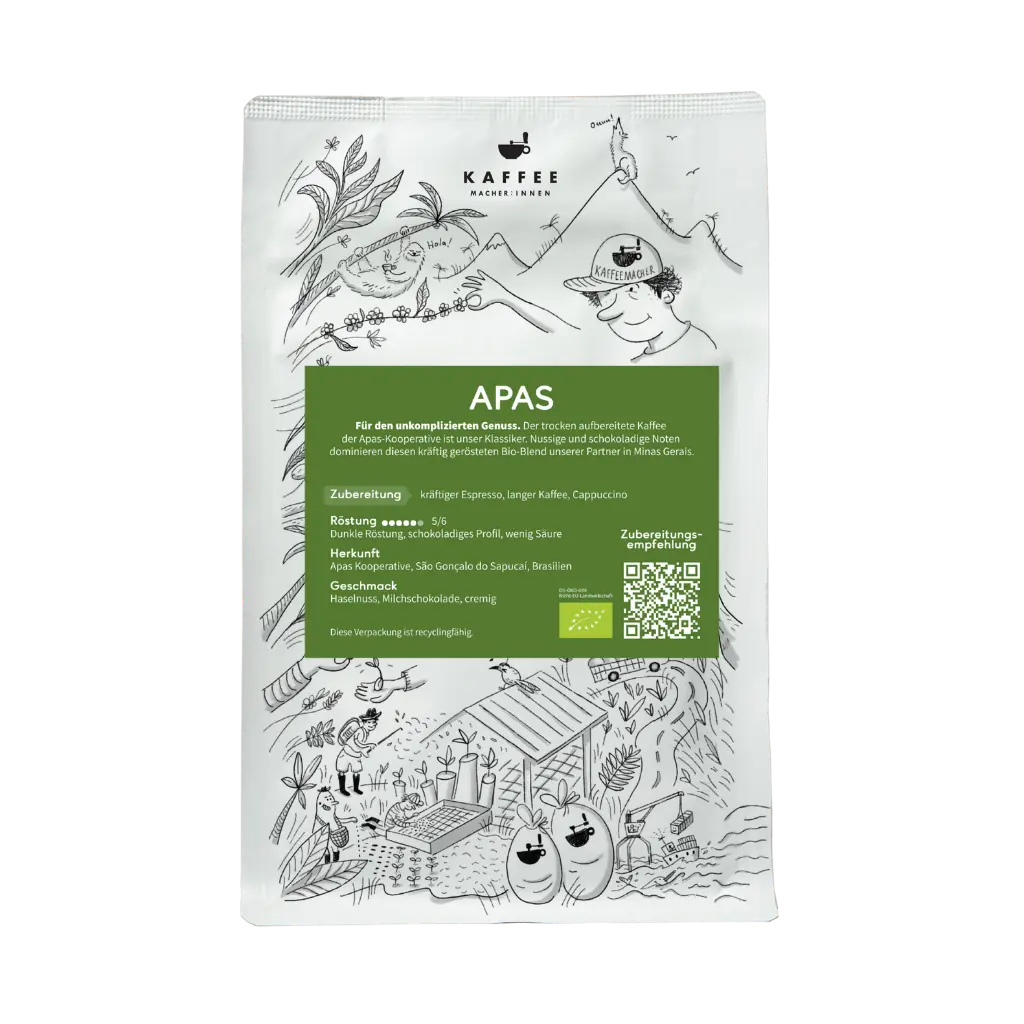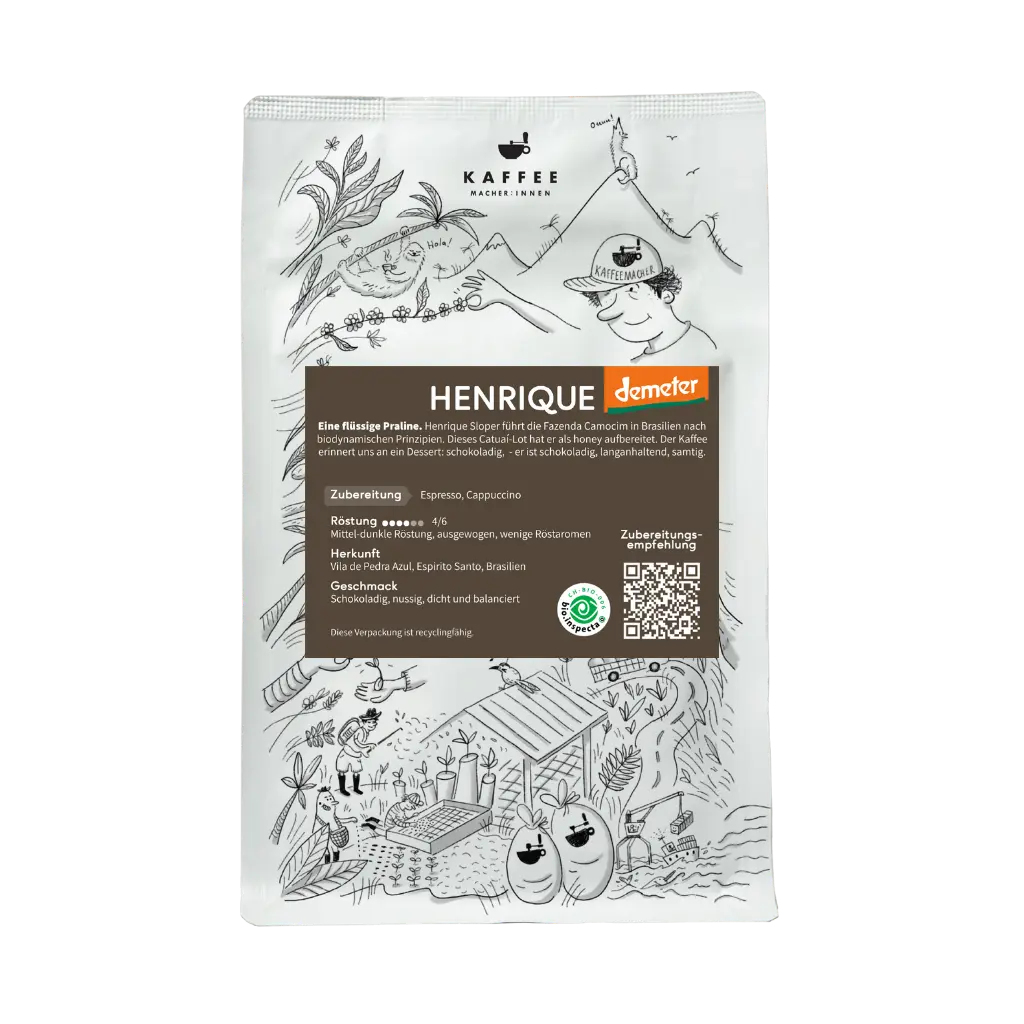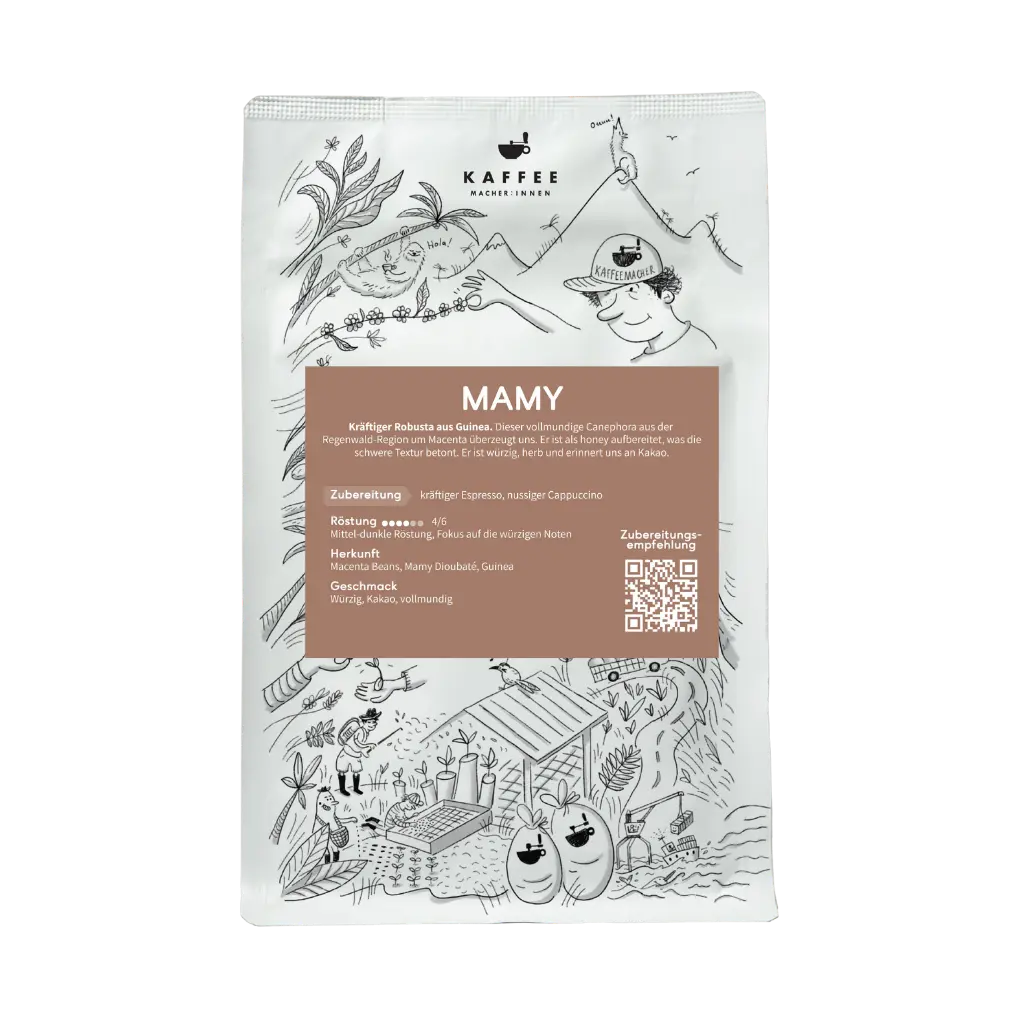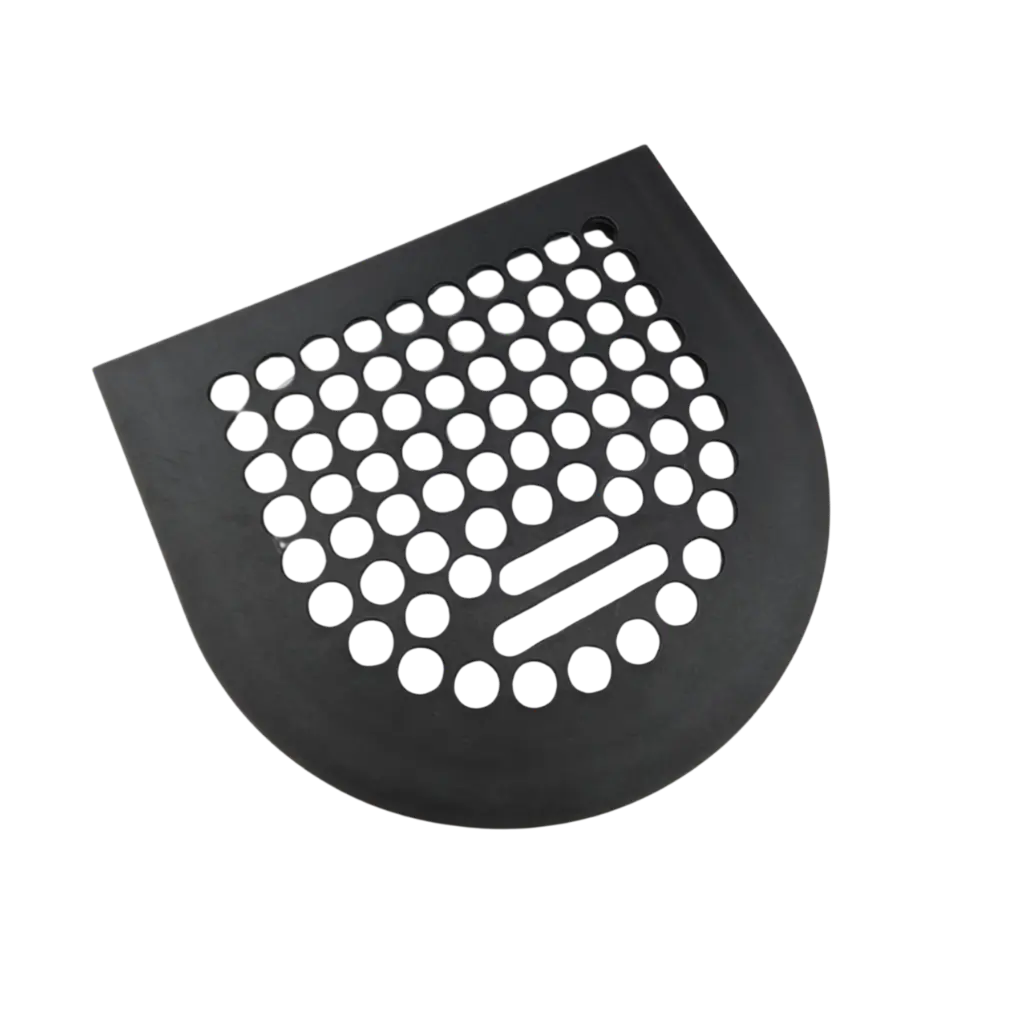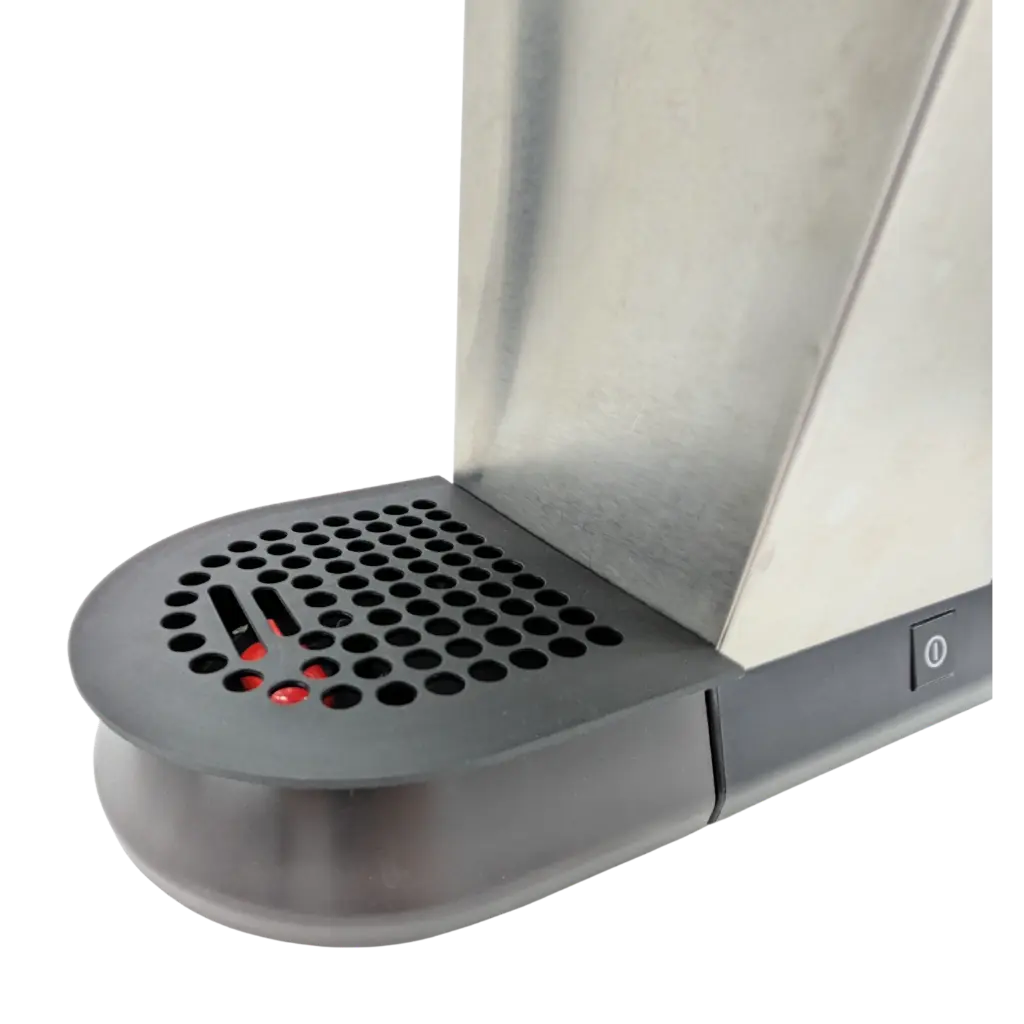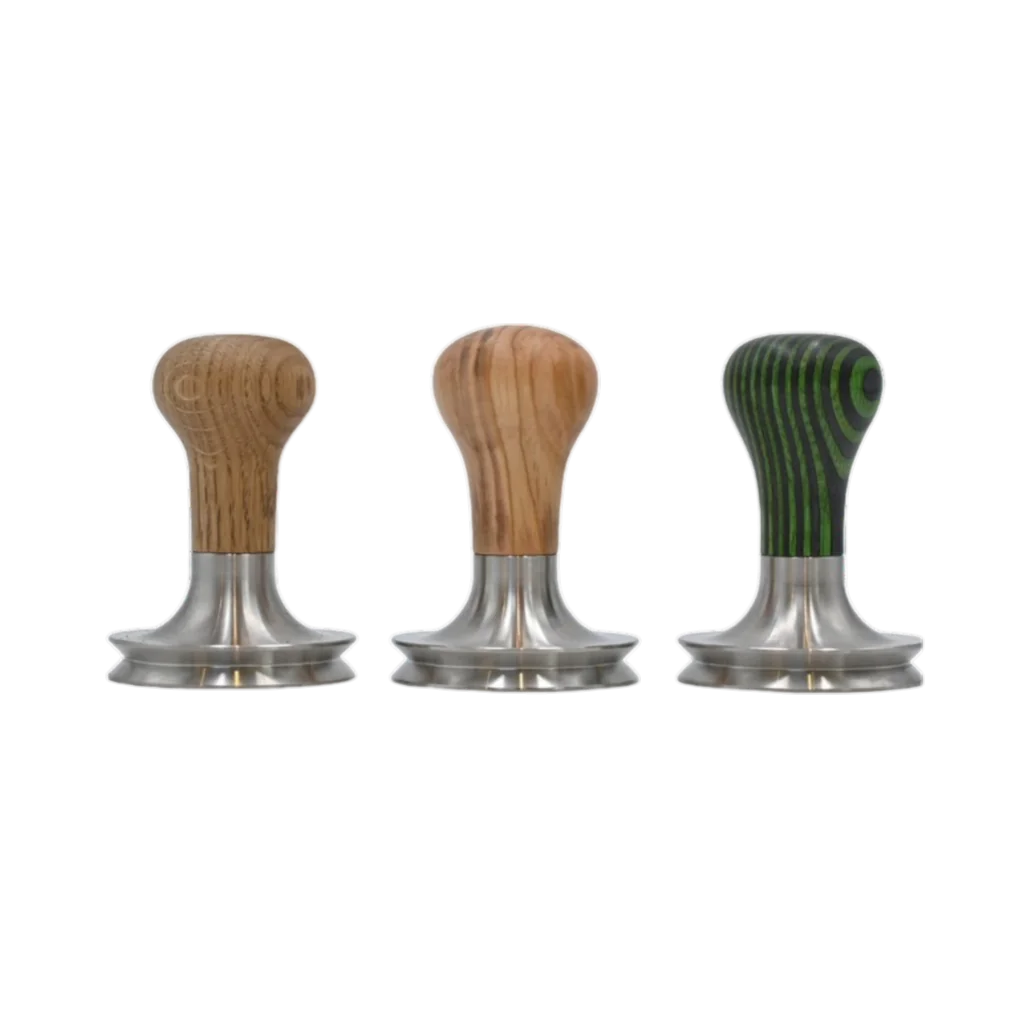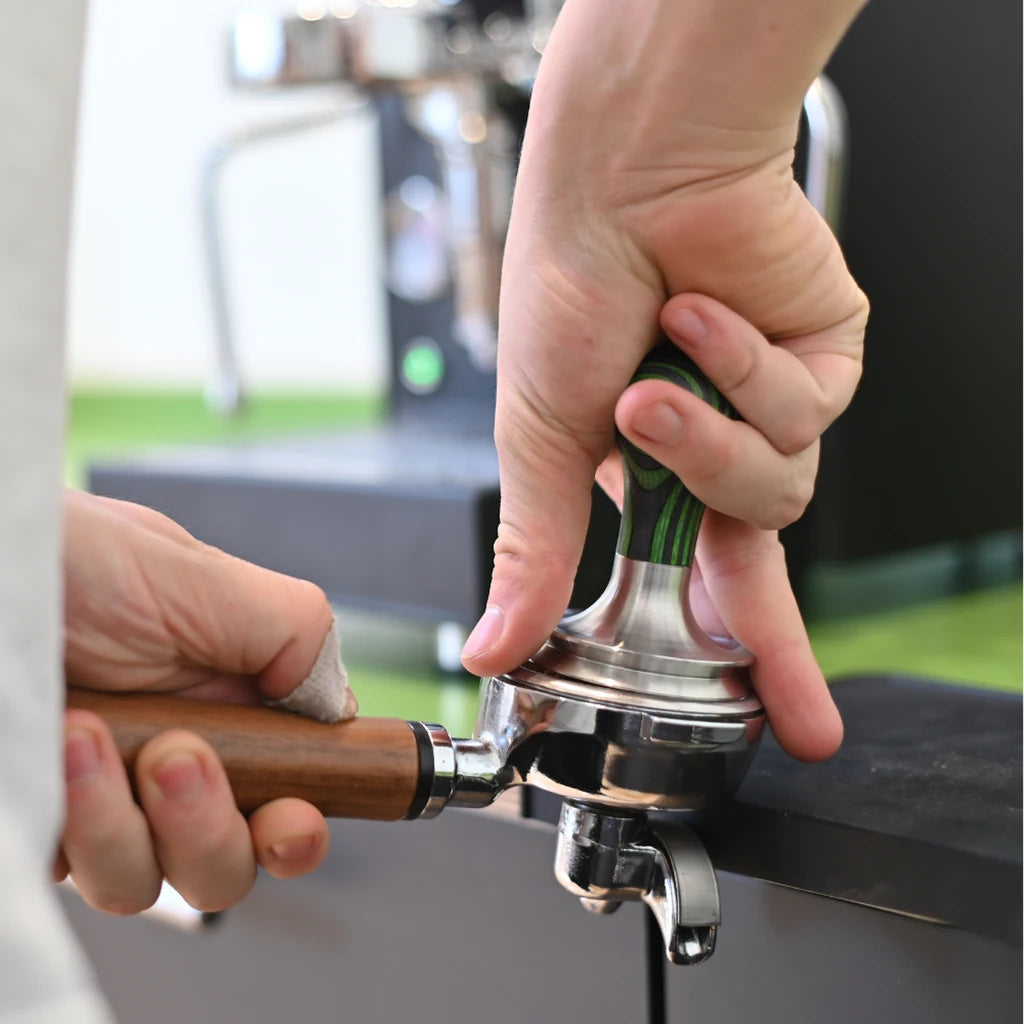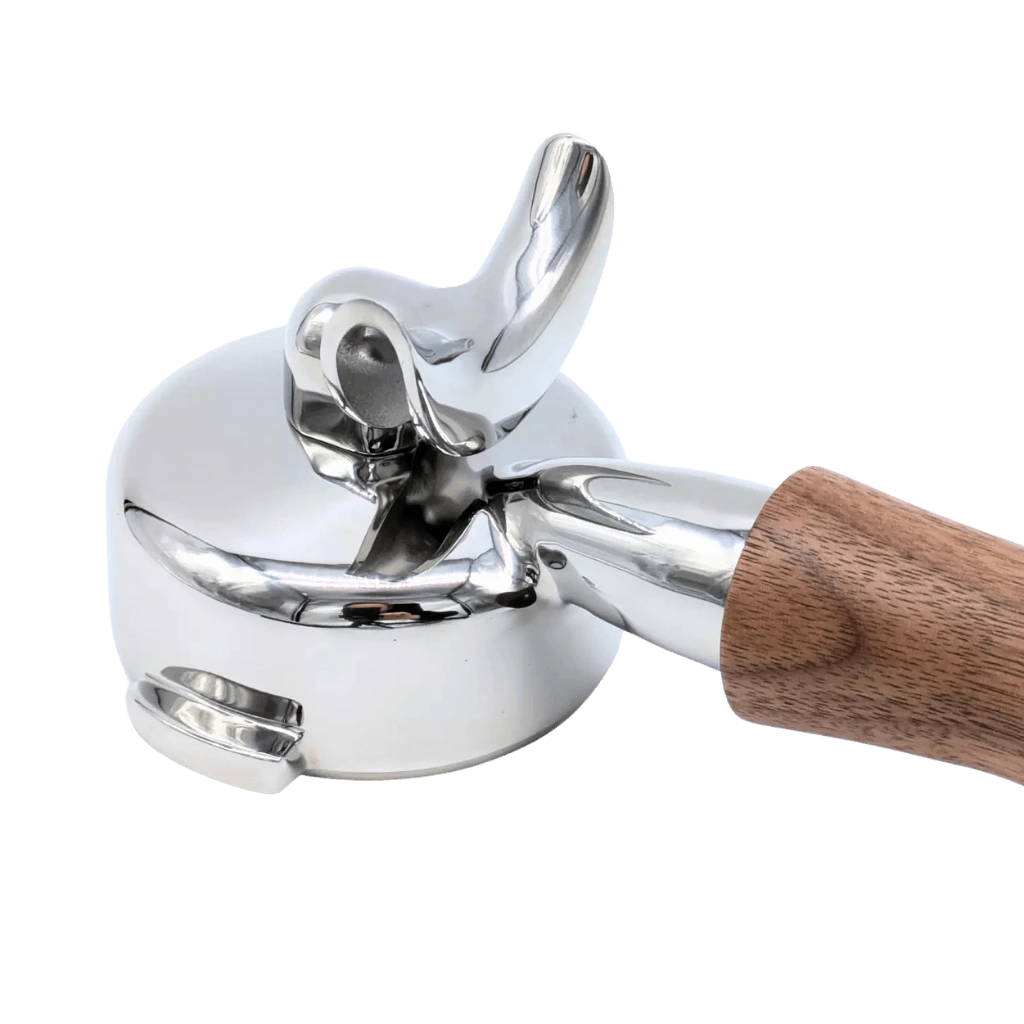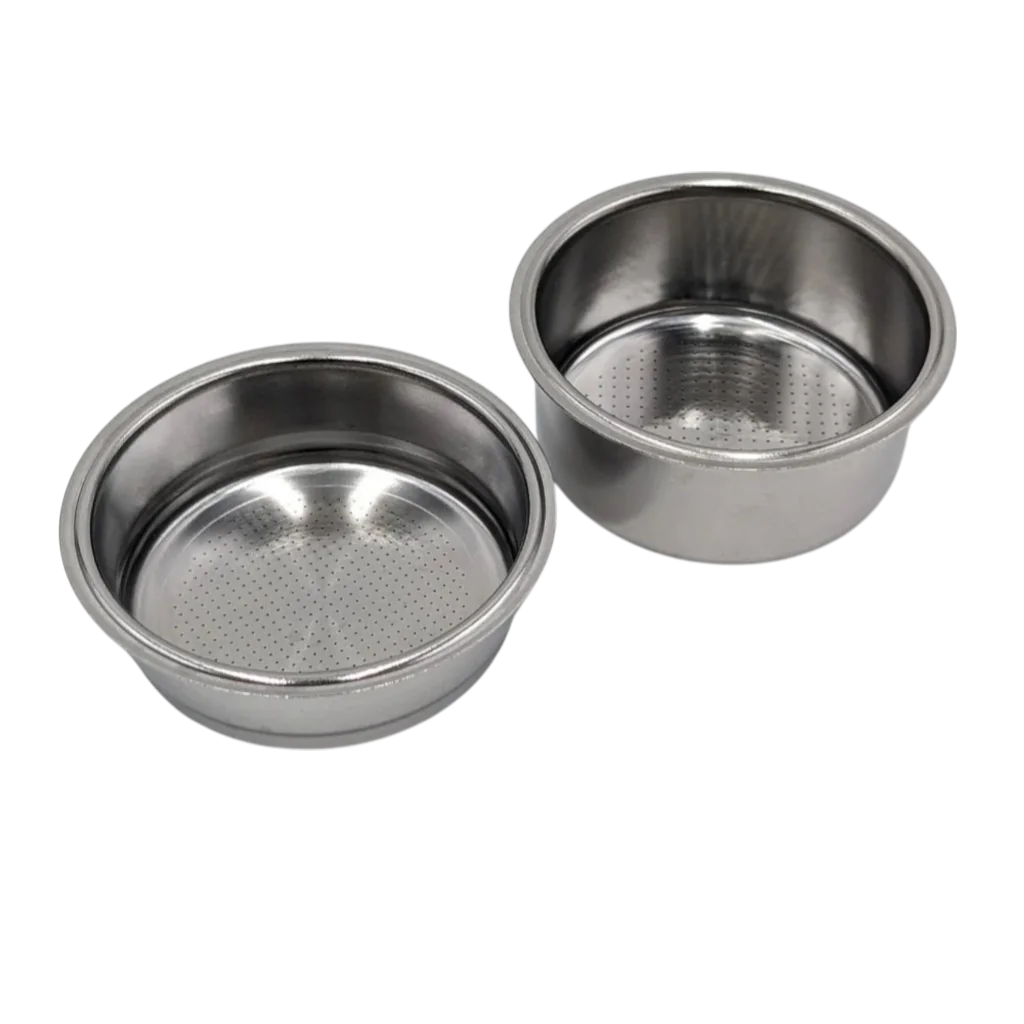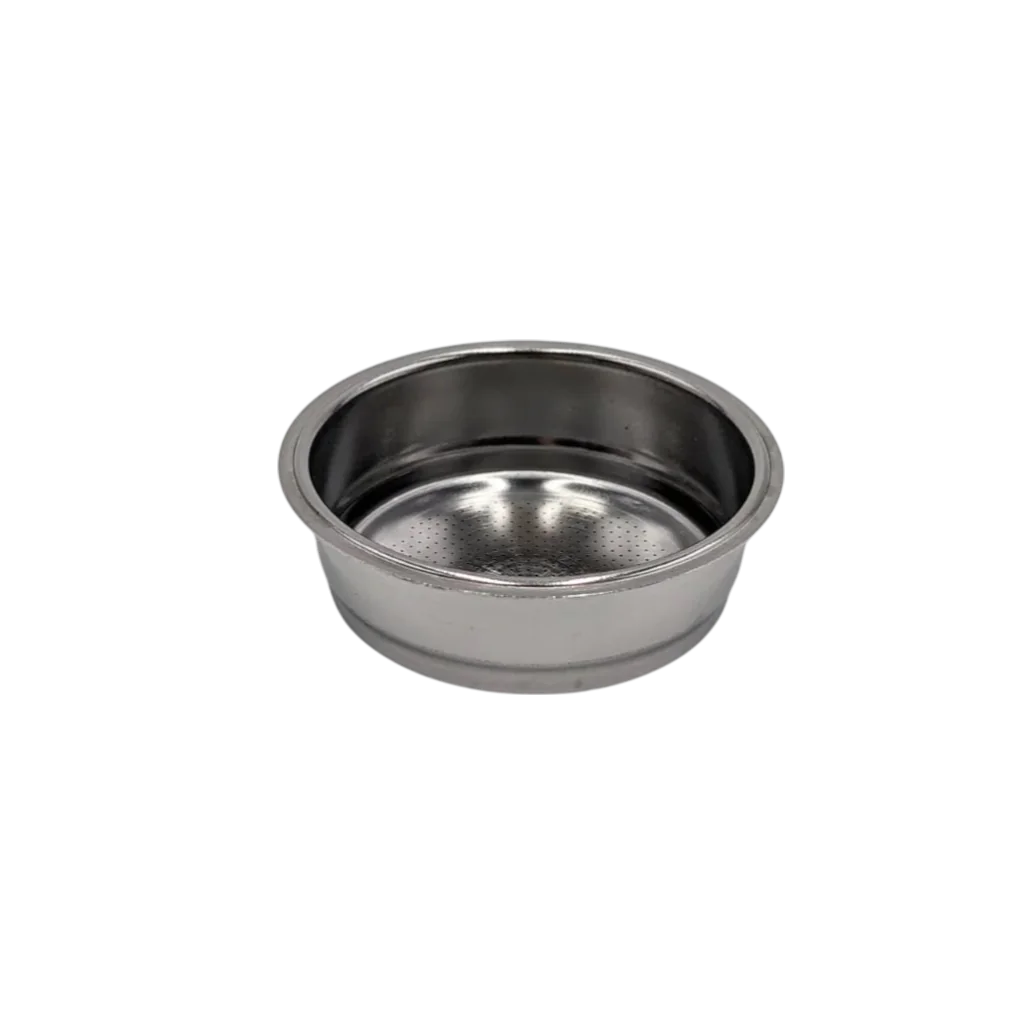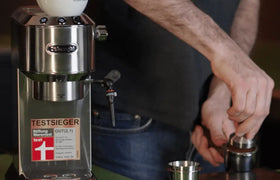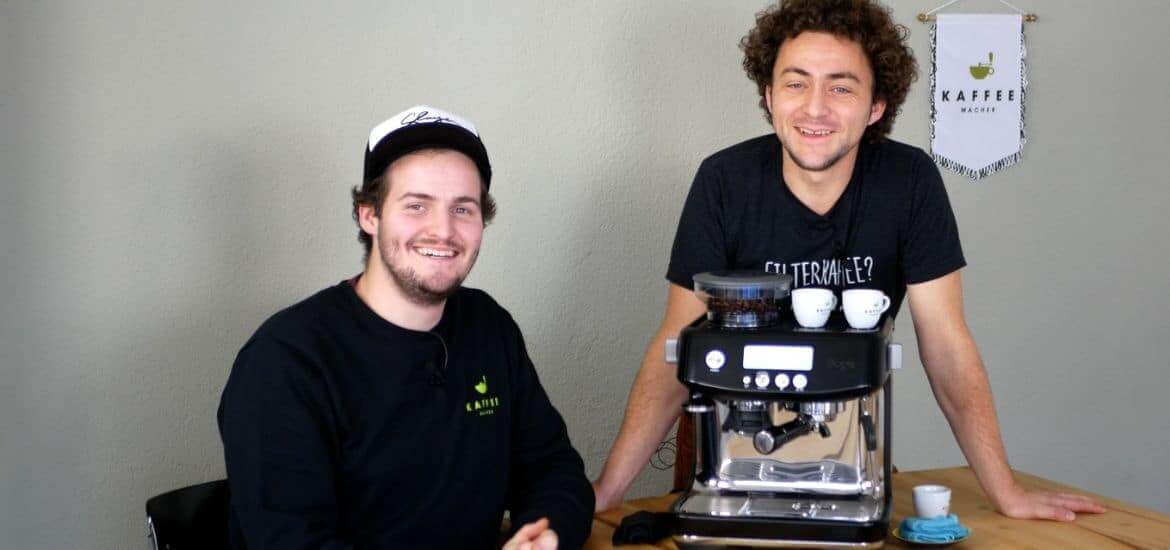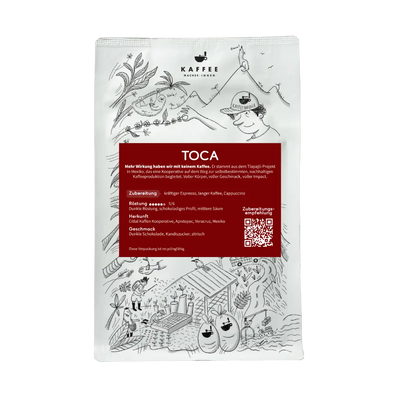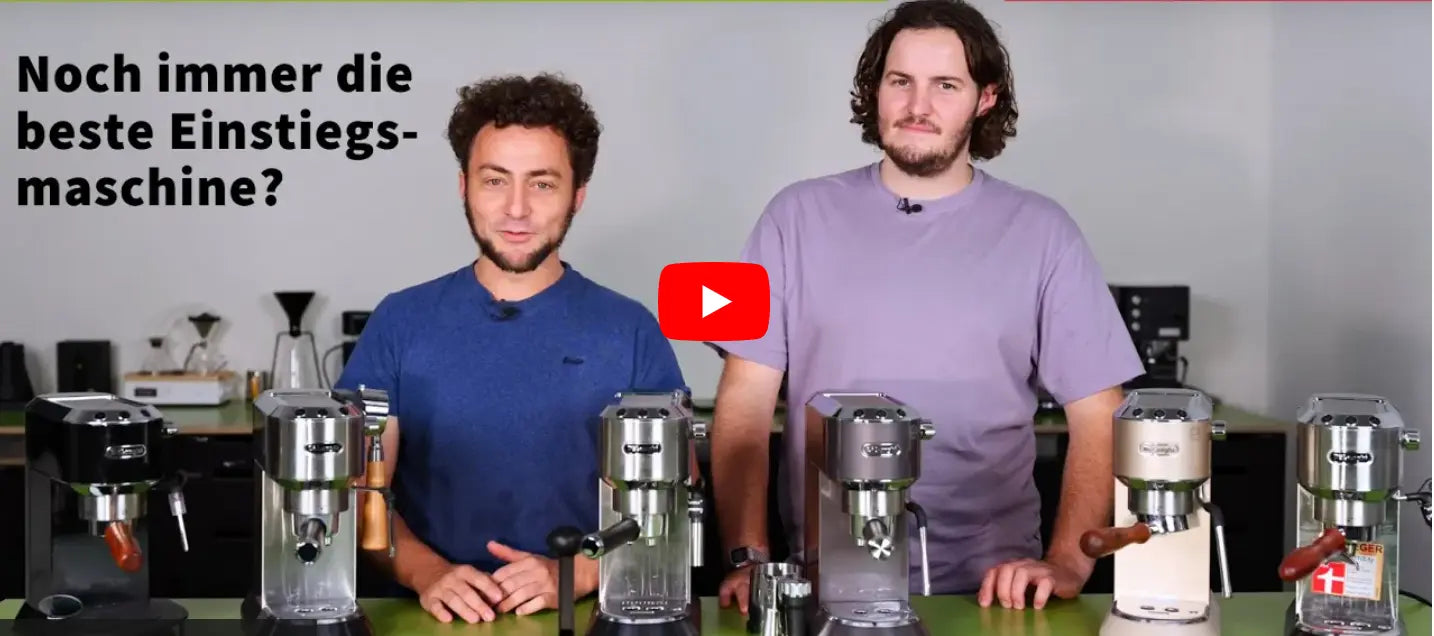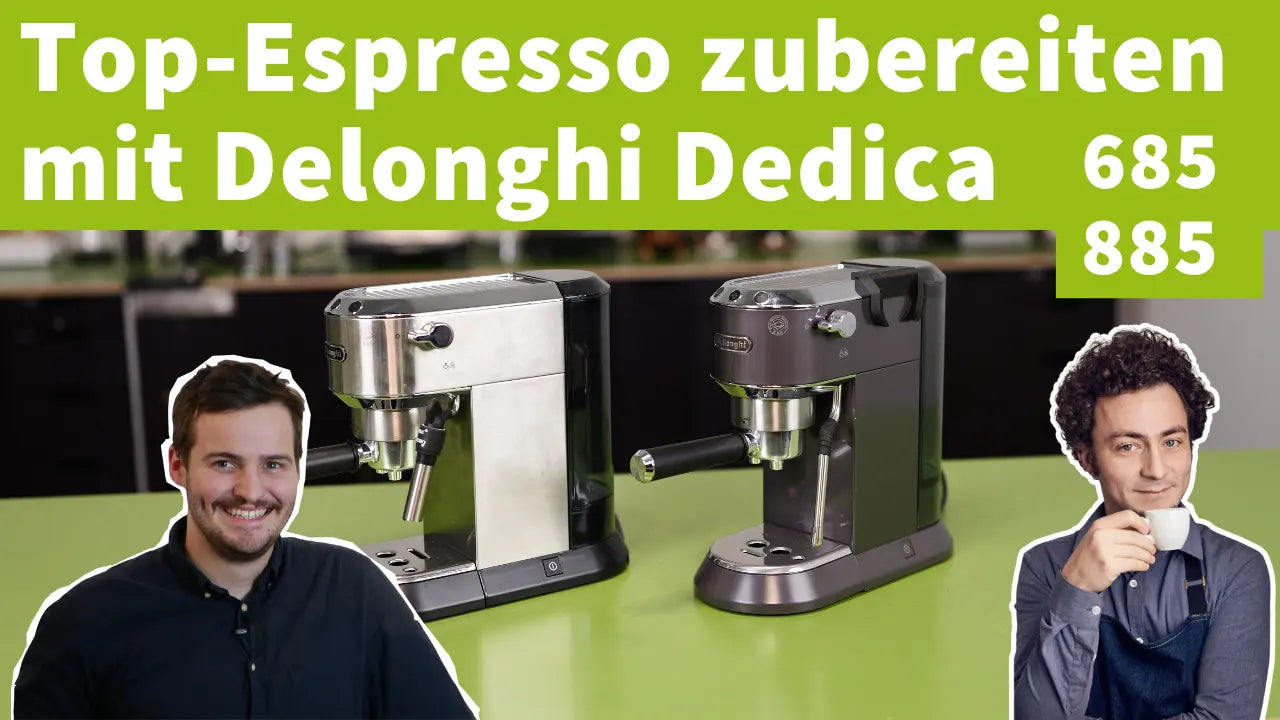Reading time: 4 minutes. This article is a short blog. You can access the detailed blog article here .
A delicious espresso for €650 or 800 francs? That sounds interesting. The Sage Barista Pro promises a cheap entry into the world of espresso with its combination of espresso machines and grinders.
The Barista Pro was temporarily available in Switzerland under the Solis brand and in German-speaking countries under the Gastroback label. In English-speaking countries it is distributed by Breville. A standardization process in Europe should now eliminate this name chaos and the resulting uncertainty among customers.
Compact but with all sorts of loads
The dimensions of the espresso machine and grinder are compact because both are built into the same housing:
- Grinding discs: Conical grinding discs
- Width: 395mm
- Height: 422mm
- Depth: 392mm
- Bean container: 250 grams
- Water tank with 2 liters
- Retractable tamper included
- Includes milk jug
The Barista Pro can be operated with a clear LCD display, illuminated buttons and a separate wheel for setting the grinding level. A complete espresso setup on 40cm². There is so much space in the smallest kitchen.
The conical espresso grinder
A good grinder is one of the most important criteria for a good espresso. They determine the extraction speed and their particle distribution influences the taste. So it is brave that Sage installs an integrated mill. The duo machine avoids the risk of the grinder heating up and the associated impairment of the coffee aroma thanks to its Thermo-Jet system. This means that neither the cups on the top plate nor the grinder or ground coffee are warmed up.
The mill is adjusted using a 30-level wheel. The grinding level is shown on the display, just like the meal. The time can only be changed in 0.5 second increments. This means that you may have just a little too much or a little too little coffee powder in the portafilter. A finer classification would be desirable here. In the test, the consistency of the amount of coffee dispensed was in the good average range.
Espresso sieves and fake sieves
Four espresso sieves come with the Sage. Two of them only have a tiny opening instead of a sieve. They are intended for use with pre-ground coffee and create a fake crema by building up excessive pressure. Since a grinder is already built into the Barista Pro, real coffee lovers limit themselves to the two “real” sieves. To familiarize yourself with the world of espresso, we recommend the “normal” 2-piece sieve.
Master the dosage amount
In our experience, 18g, or even better, 17.5g of coffee powder fits into the double sieve, even if Sage specifies up to 22g. With too much ground coffee, the space to the shower is too small and the risk of channeling also increases if the portafilter is overfilled.
Grinding begins by pressing the portafilter against the trigger on the grinder. Due to the somewhat small portafilter (53mm instead of the 54mm specified by Sage), some coffee powder sometimes falls next to the portafilter. A fairly large mountain also forms in the portafilter. To prevent this, we recommend not programming a long grind of 13 seconds, but rather 3 short grinds of 4 seconds. This means you can tap the portafilter on the table between grinds to better distribute the powder and compact it vertically.
Now the powder is compacted with the tamper and extraction can begin.
Brewing and coffee quality
The Barista Pro works with a pre-infusion. A small part of the brewing water runs onto the ground coffee without pressure. Whether this pre-infusion has a taste advantage is controversial. It's worth experimenting a little with the brewing temperature. We got our best results with the lowest temperature setting, which settles at around 96 degrees.
The amount of water can also be adjusted on the Barista Pro. This is important for the so-called “brew ratio”. This is about how many grams of ground coffee are extracted into how many grams of liquid espresso. For our coffees we recommend a brewing recipe of 1:2.5. This means, for example, 17g of ground coffee powder should become 42.5g of finished espresso in the cup.
The machine heats up extremely quickly. After just 3 seconds it reports that it is ready for operation. However, since the portafilter and the brewing group cannot heat up so quickly, we recommend at least one empty drink before the first cup of espresso.

Cappuccino, Americano, and other coffee drinks
The machine also provides the steam for the frothed milk after a short time. As soon as the wheel on the right side is activated after the espresso has been made, the machine heats up very quickly to the steam temperature. With a little practice, you can produce good milk foam with the steam wand, even if it doesn't have much power.
You can also prepare tea or an Americano using the separate hot water outlet.
Conclusion on the Sage SES 878 Barista Pro
The Barista Pro does a surprising amount in a surprisingly small amount of space. Both the grinder and the machine do a solid and consistent job and enable decent coffee quality in a small space.
Our cons to the machine are the small portafilter and the resulting overflow problems when grinding, the cold cups because the machine does not heat up at the top, and the erratic brewing temperature.
Transparency disclaimer: We bought the Sage Barista Pro ourselves so that we could test it as independently as possible. We borrowed the Barista Express needed for the comparison test from Sage for the test period.
